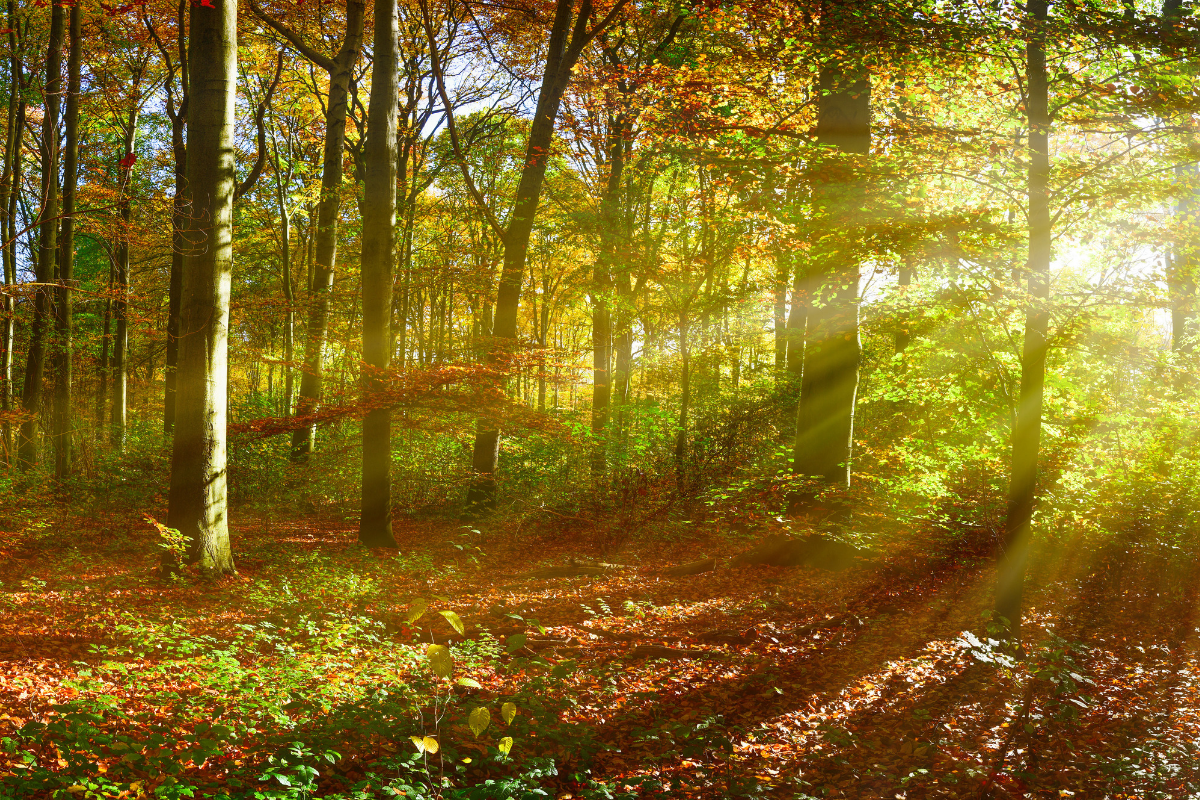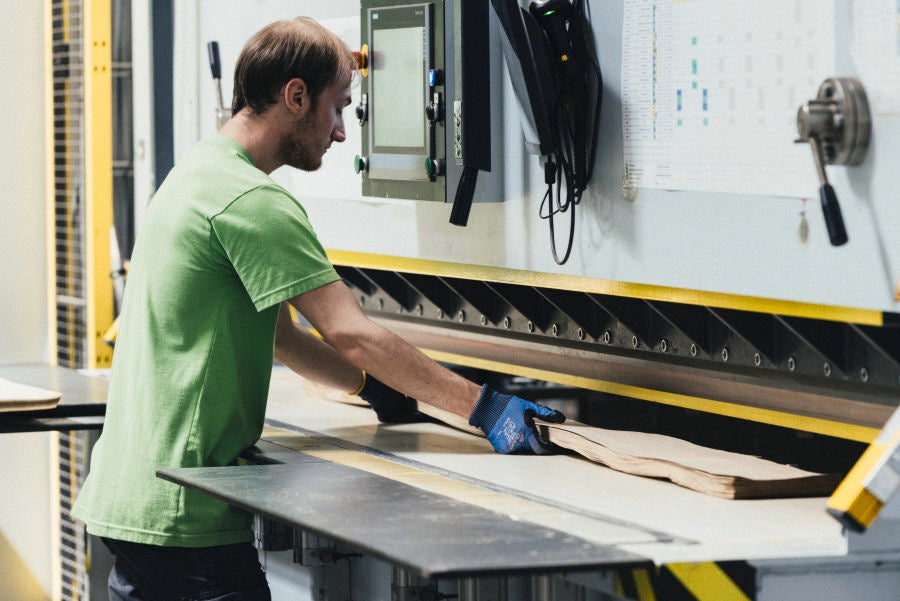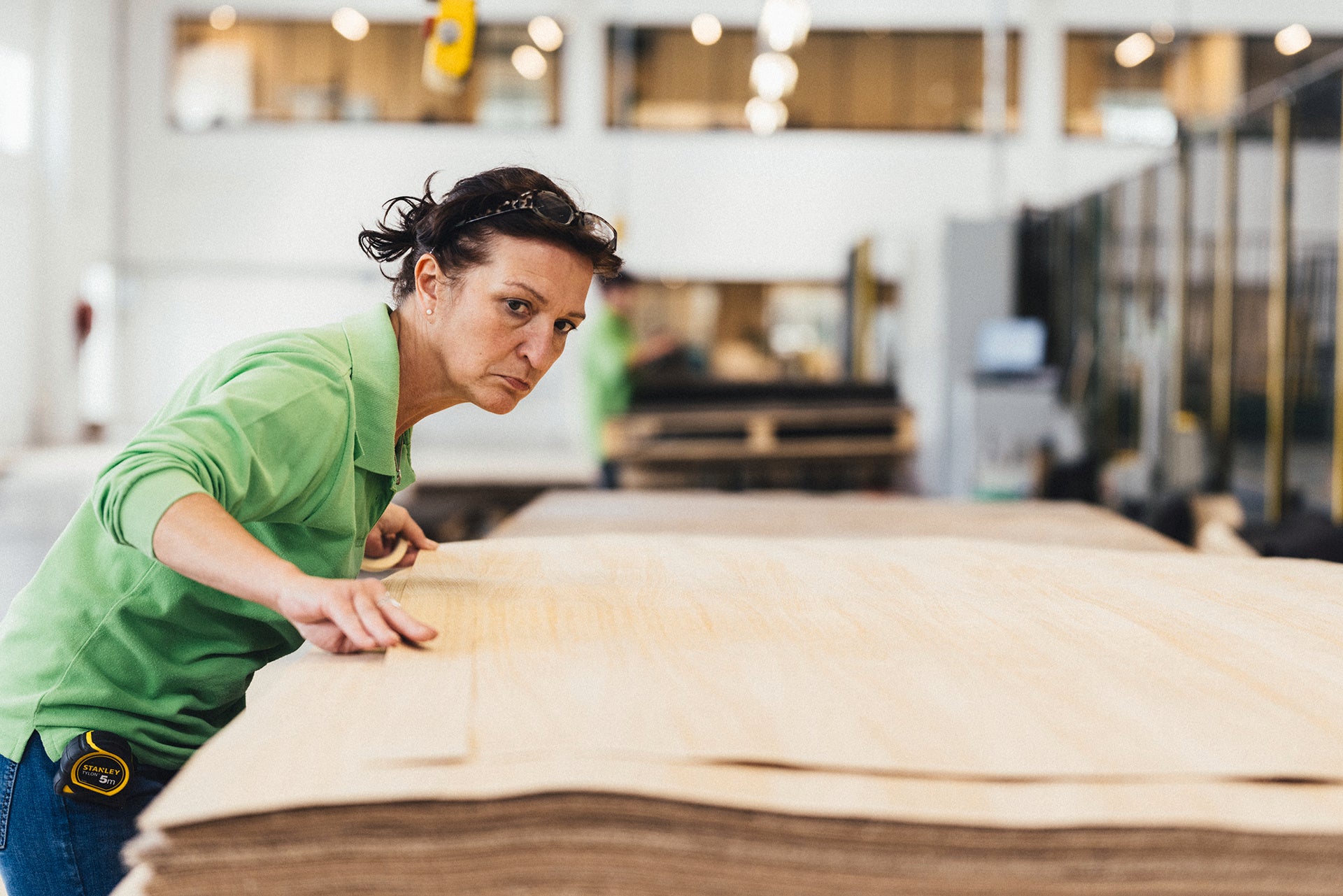
- date
22 February 2022
- tag
Why wood
Wood carrying this label has, by definition, a legal and honest origin. Every Decospan supplier is also required to sign the Pure Wood Charter. But what does all this mean in practice? Business Analyst Wood Jeroen Osselaere provides an insightful view on the operation of these labels and agreements. “It is absolutely no dead letter. There is a solid guarantee that the forests from which our wood comes are managed under strict supervision. What's more, trees are cut down as part of an ecological management plan.
Pictures section

Almost all wood from indigenous species that reaches the European market is certified wood. But what does this mean? Jeroen Osselaere: “An organisation like the FSC (Forest Stewardship Council) uses a watertight chain of certificates to focus efficiently on global forest management. And this is much more than forest conservation alone. As dubious as it may sound, cutting wood is an essential part of sustainable forest management. In order to maintain ecosystems, a large management plan is used. For each nature area, but also on a global scale.
In forests managed by FSC or PEFC, new trees are systematically planted to create growth. Can we say that for every felled tree a new one is planted? “It is often interpreted as such for convenience, but it is much more complex than that,” Osselaere clarifies. “For example, extra breathing space is created for indigenous tree species by cutting down exotic species. The biodiversity of both animals and plants is kept in balance by targeted felling or targeted naturalisation. In certain areas, for example, hollow trees are deliberately retained because they are essential for the habitat of certain bird species. In other words, the classic image of the sick tree that needs to be cut down is outdated.”
Pictures section


Decospan products carry a sustainability label, but how sure are our customers that the wood in their interiors actually comes from such an ecologically managed forest? Jeroen Osselaere: “A forest under the supervision of the FSC is meticulously managed by a recognised body. The wood from each felled tree receives the official FSC label and a ‘chain of custody’ is created from the woodcutter to the consumer. This is a chain in which the origin of the wood is verified at every stage. Anyone who does not have a certificate cannot become a link in this supply chain. And suppliers or producers can only get this certificate if strict standards are met.”
A label like FSC also strictly monitors the whole chain. “Purchased quantities of FSC timber are carefully recorded and checked against the quantities sold. Is more sold than what the purchase receipts indicate? Then an inspection will take place and the FSC certificate can be withdrawn. In order to uncover illegal wood supplies, wood samples are also anatomically examined and checked for their actual origin in case of doubt about the type of wood, for example,” says Business Analyst Jeroen Osselaere.
98% of Decospan veneer carries at least one of both labels. Why not 100%? “There are specific types of wood that are not certified because they grow in areas where FSC and PEFC are not yet present. In these regions, we act with due diligence and only work with suppliers with a long history and a very good reputation. Players who might be selling illegal logs are therefore systematically avoided. But with the new Infinite Wood, Decospan now has a new solution. It offers different looks, including reconstructed exotic tree species, which are a sustainable alternative to real exotic woods. All Infinite Wood references are FSCCW certified.
Pictures section

